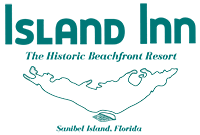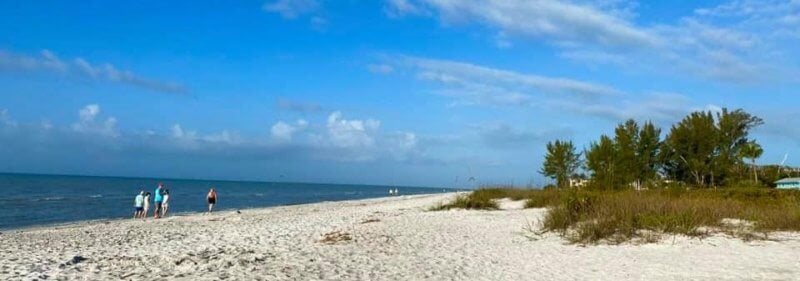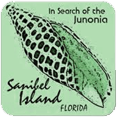Shelling and the Sanibel Stoop
Like most of the guests who come to vacation at Island Inn Resort, Sanibel Island’s famous seashells also come from somewhere else. Storms, tides and the powerful action of the Gulf of Mexico’s Loop Current import shells of dazzling variety and exotic origin to Sanibel and Captiva islands. Because of Sanibel’s unique shape and orientation, different parts of the barrier island act like a scoop, facing toward the current from the south, west and north. As the currents run up the slopes and sandbars off Sanibel’s shoreline, they slow, turn and drop their colorful payload of whelks, conchs, olives, jujonias, cockles and tulips from all over the Gulf as well as the southern Caribbean.
While beautiful, the shells are not merely decoration; Sanibel Island wouldn’t even exist without them. As waves crest over the outer sandbars, the water rolls with great energy in the troves of offshore shells grinding them into ever-finer particles and eventually carrying them to shore to form the beach. Walking along Island Inn’s private beach at low tide is the best time to observe this creative force in action or even “save” a few specimens before they’re broken. The act of “shelling” is so prominent on the islands that those who practice it are said to be doing the “Sanibel Stoop” as they walk head down, bent over at the water’s edge, searching for the glitter of a half-buried shell.
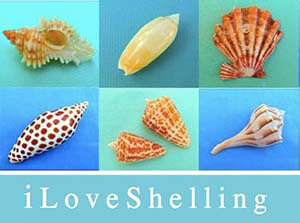
iLoveShelling.com Blog
For years, Pam Rambo has combed the local beaches of Sanibel Island, building her collection and fostering her love for shells. Pam doesn’t limit herself to shells found locally, she and her husband travel the world seeking out seashell treasure.
LEARN MORE
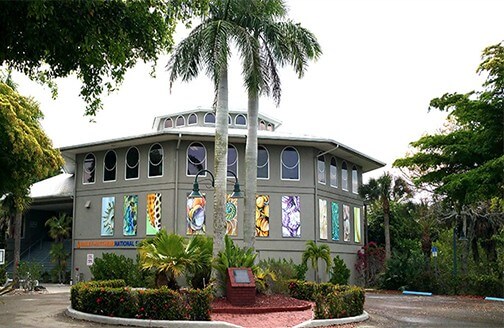
The Bailey-Matthews Shell Museum
Island Inn has partnered with The Bailey-Mathews National Shell Museum to offer daily, expert-led beach walks exclusively to our guests. We are proud to be closely associated with the musuem, which boasts a huge collection of the beautiful seashells found on Sanibel Island. Bailey-Matthews also has a schedule chock full of tours, learning activities, guest speakers and more!
LEARN MORE
Why are the shells empty?
As you practice “the Sanibel Stoop” yourself on your southwest Florida vacation, you’ll notice that most of the shells are empty, with no trace of the mollusk that built the shell and called it home. Sometimes, you’ll see a shell scuttling along the shoreline, propelled by a small crab that is merely borrowing this suit of armor until it grows and needs a larger shell. Mollusks, by contrast, remain in the same shell throughout their lives, adding material at the edge of the shell to form the characteristic spiral, or at both edges in the case of bivalves like clams.
So if the animal didn’t decide to move out, where did it go? Well, the story doesn’t usually end happily for the mollusk. When they’re young, they live in deeper waters, attaching themselves to rocks or the seafloor. Predators such as the octopus or starfish make a meal of the mollusk, often drilling a small hole to access their intended dinner. By the time the shell tumbles to the shore, it has typically been picked completely clean.
Still, a lucky few survive the trip to the water’s edge. If you find a shell with a mollusk still inside, resist the urge to drop these live animals into your collection bucket; it is illegal to remove them from their habitat.
For more information, make the Bailey-Matthews Shell Museum , just down the road from the Island Inn resort, part of your next vacation trip to Sanibel Island.
